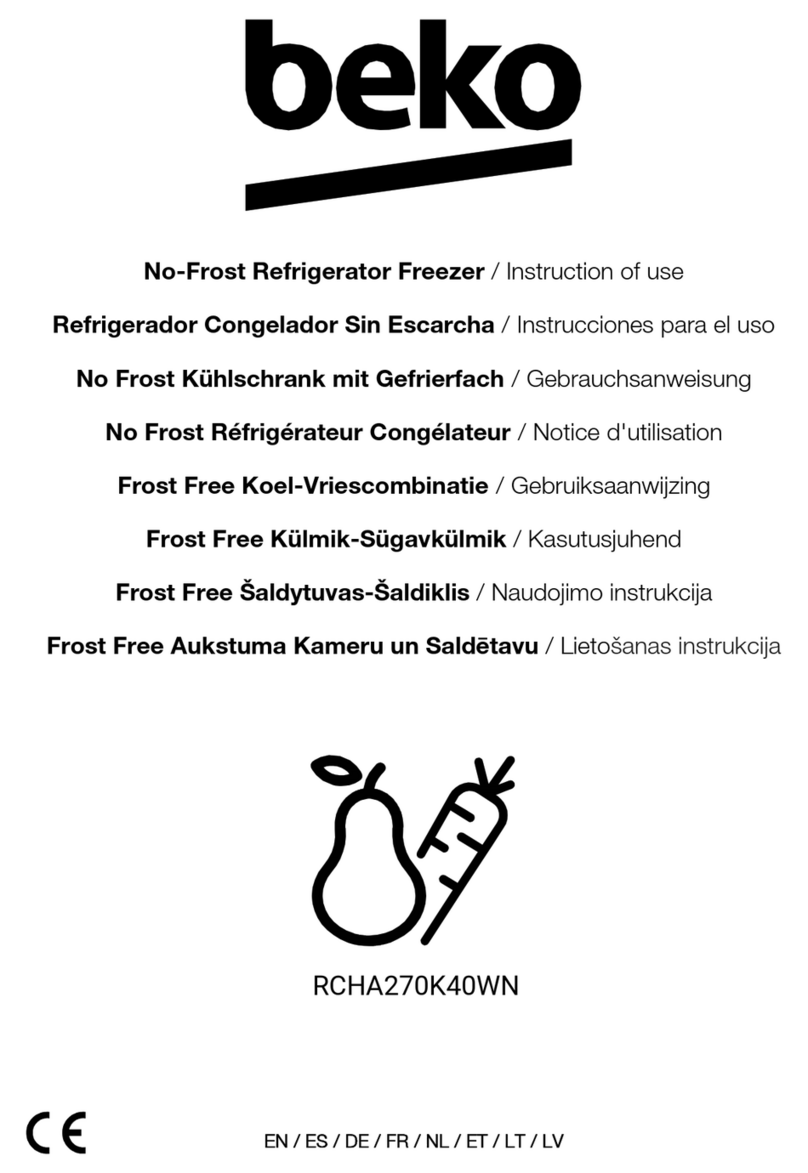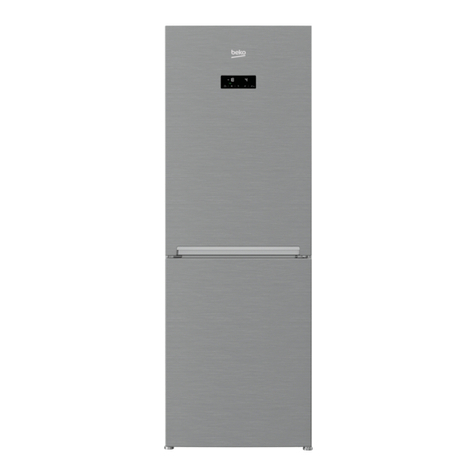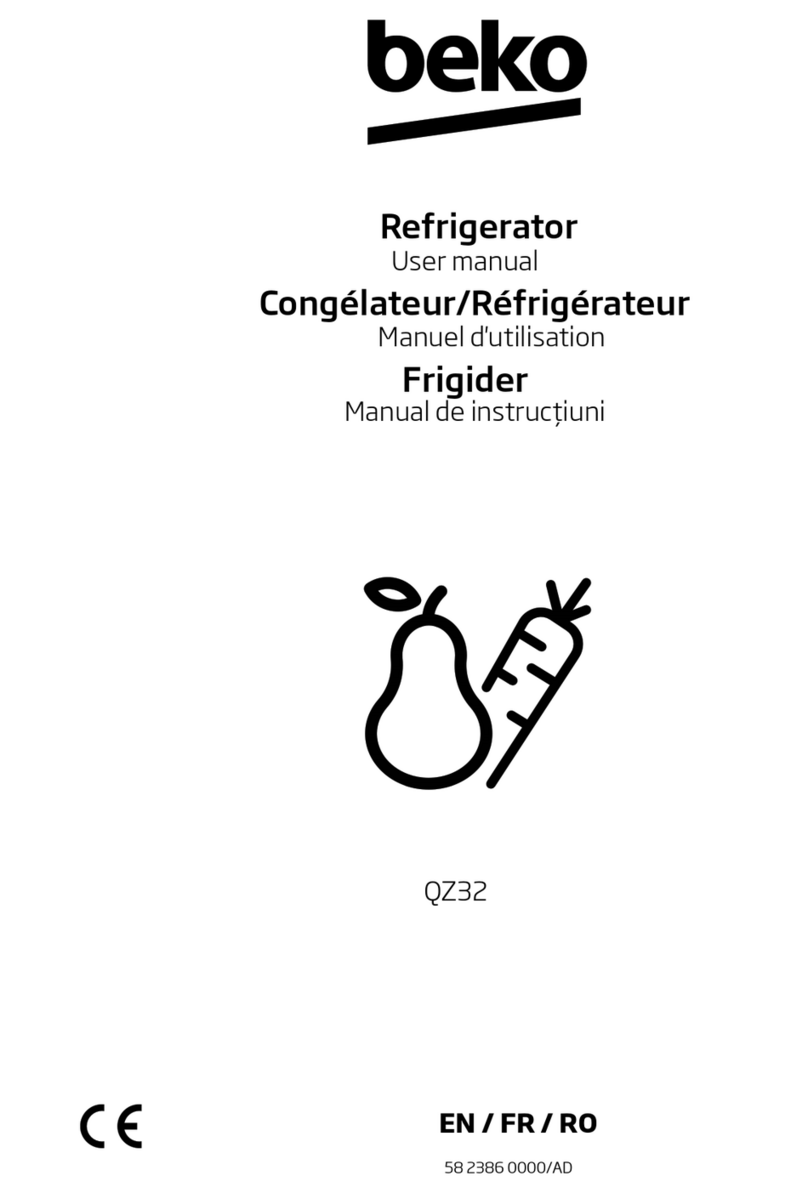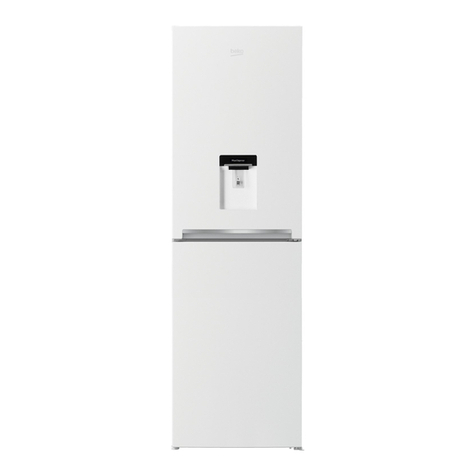Beko BU1103N User manual
Other Beko Refrigerator manuals
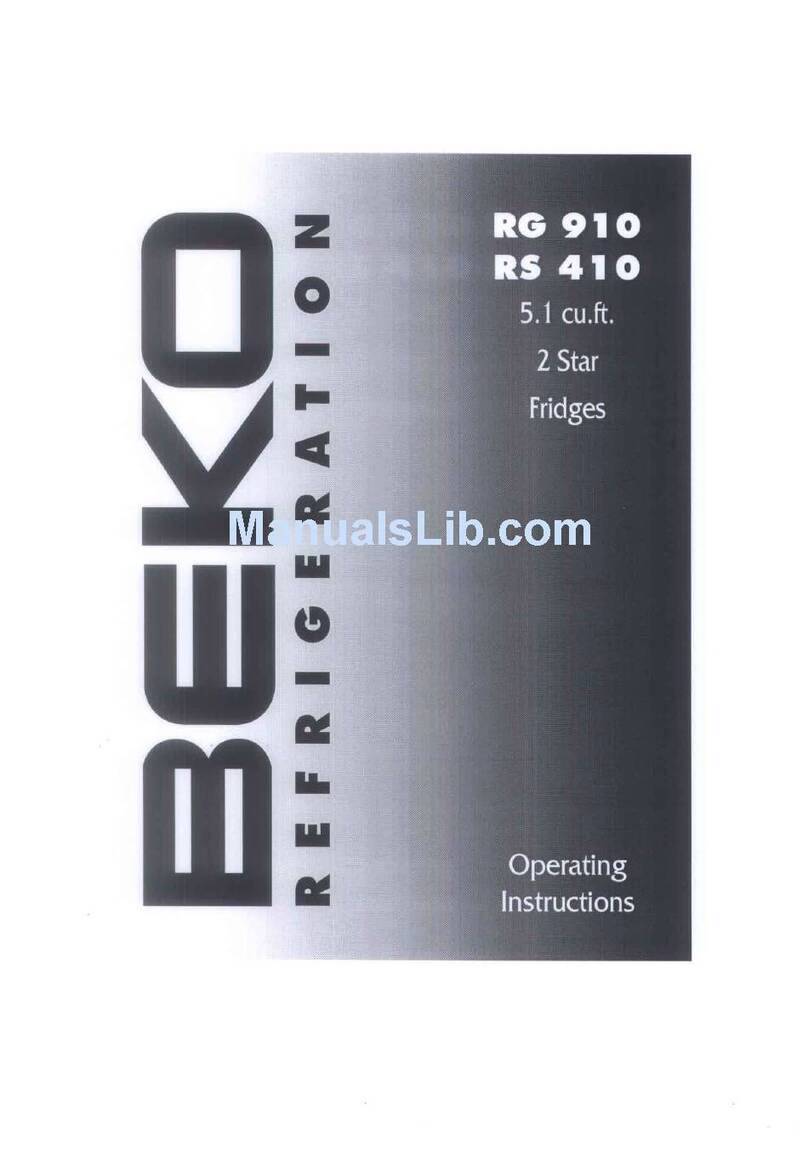
Beko
Beko RS 410 User manual

Beko
Beko GN163140XBN User manual

Beko
Beko DN 150120 D User manual
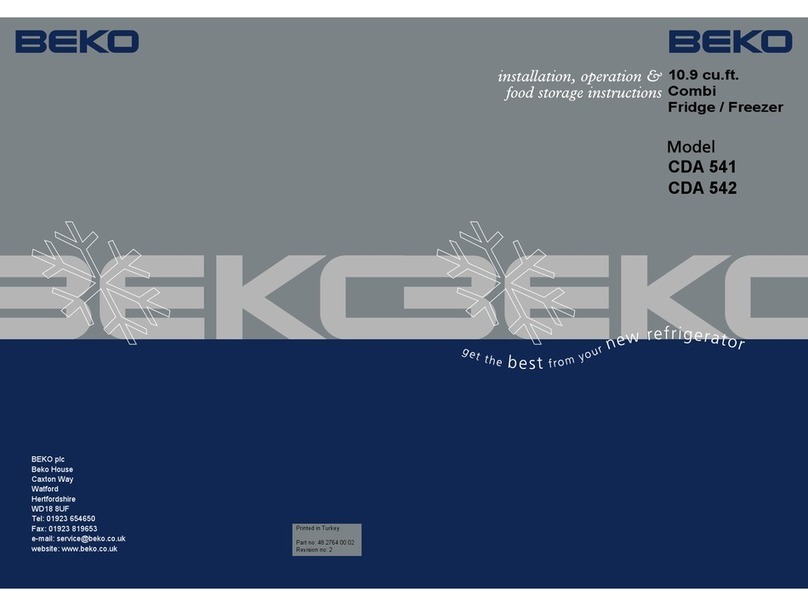
Beko
Beko CDA 541 User manual

Beko
Beko SN 142030 User manual

Beko
Beko RCNA340K20S Instruction Manual

Beko
Beko CDA539F Owner's manual

Beko
Beko RDNE480M21W User manual
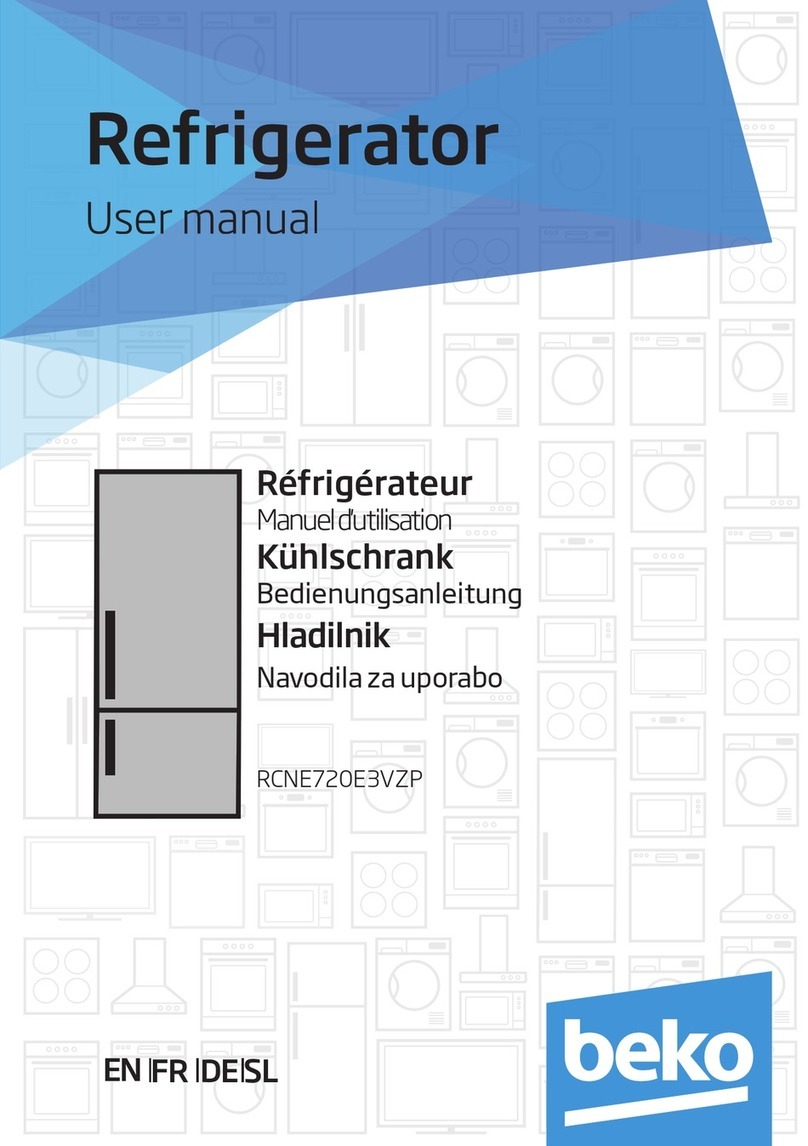
Beko
Beko RCNE720E3VZP User manual

Beko
Beko BU 1153 User manual

Beko
Beko BU 1200 HCA User manual
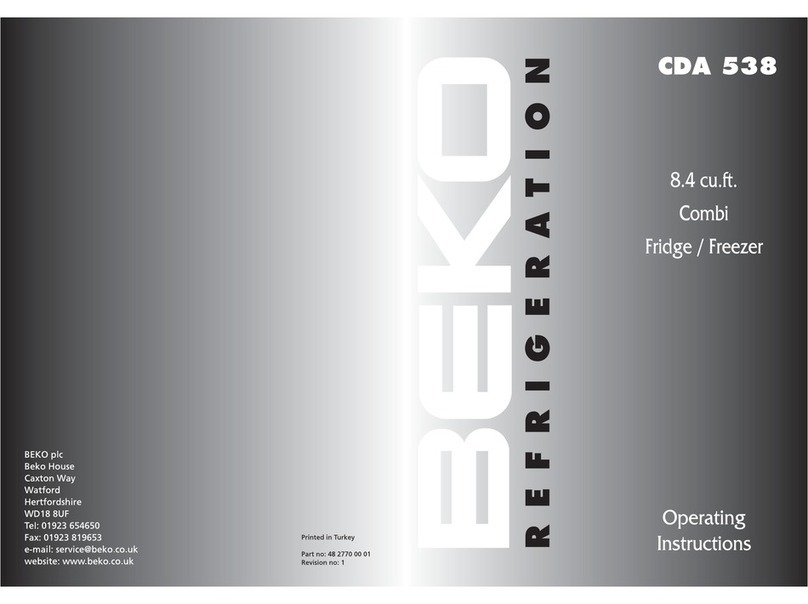
Beko
Beko B-735CDA538 User manual

Beko
Beko B3RCNE364HW User manual

Beko
Beko RFNE 270 L 33W User manual
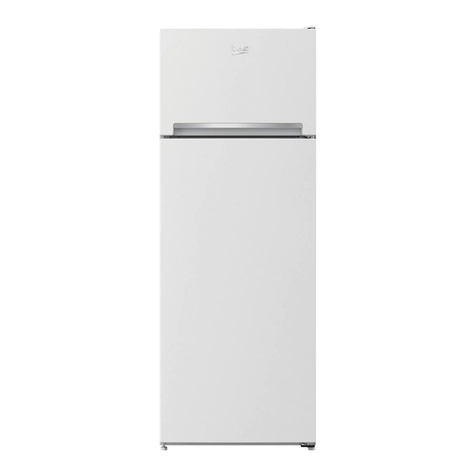
Beko
Beko RDSU8240K20W User manual

Beko
Beko RCNA366I40ZXB Instruction Manual

Beko
Beko KSSA2933W Instruction Manual

Beko
Beko DS 145100 User manual

Beko
Beko RDSA240K40WN User manual

Beko
Beko KG540 User manual
